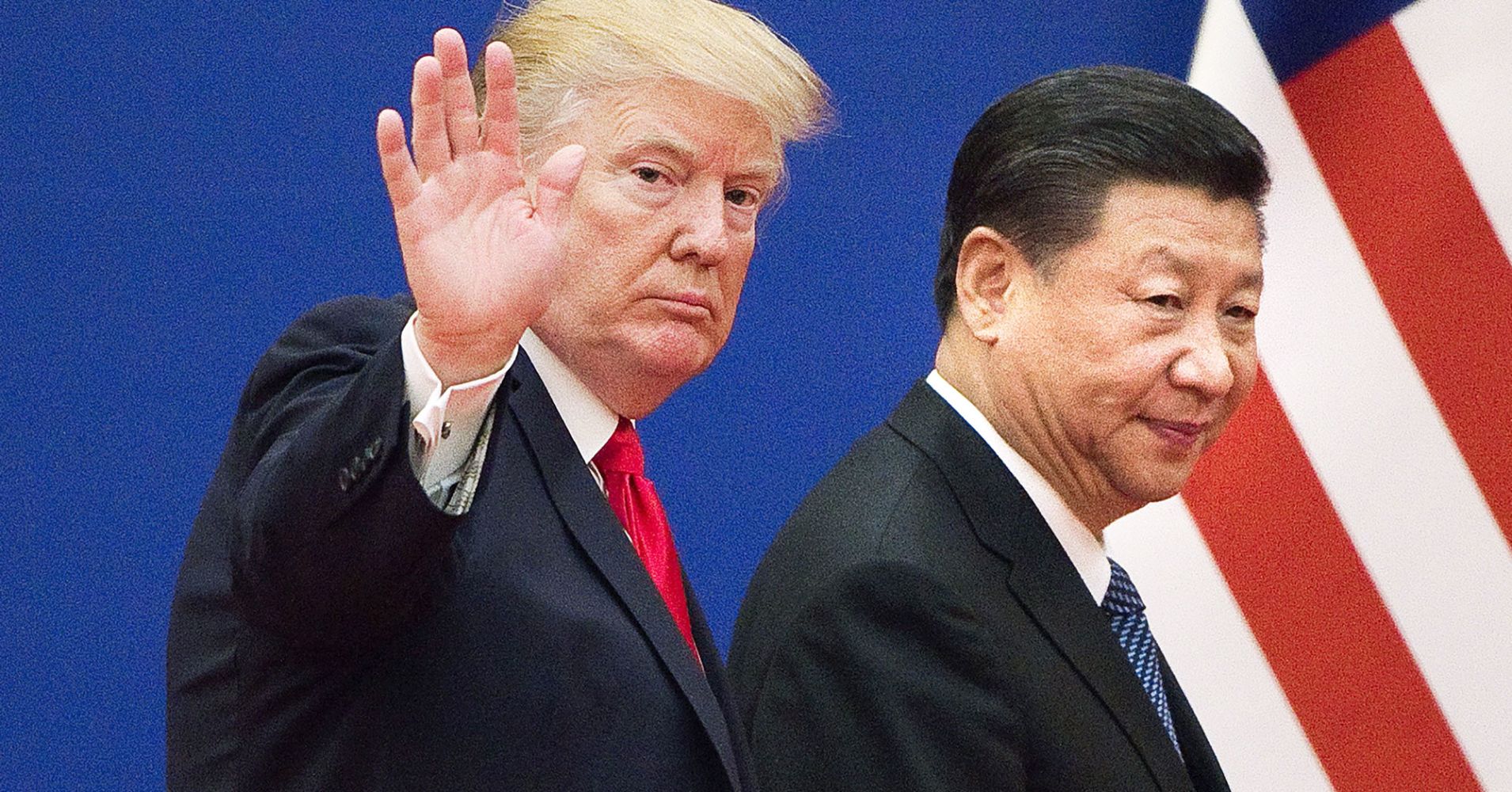President Donald Trump is readying a fresh round of tariffs on Chinese goods ahead of scheduled trade talks with Beijing, The Wall Street Journal reported on Saturday, which is expected to affect $200 billion worth of goods.
The Journal’s report dovetailed with a report from Bloomberg on Friday, in which the president is said to have directed his aides to proceed with plans to hit China’s imports again — even as both sides prepare to meet in order to dial back on trade tensions. The new tariffs will be set at 10 percent, sources familiar with the matter told The Journal, below an original figure of 25 percent floated by the administration earlier.
The lower figure has a dual purpose: Diminishing the impact on U.S. consumers ahead of the holiday shopping season, while helping Republicans on the campaign trail ahead of the midterm elections. While voters give Trump high praise on the economy, numerous polls show the Democrats with a wide advantage, and show a public restive about the president’s trade wars.
The president is also expected to threaten to hike tariffs again to squeeze Beijing at the negotiating table, the report noted.
In the last several weeks, Trump has repeatedly signaled he could pull the trigger on new tariffs — which could impact a wide range of consumer goods — whenever he deemed the timing appropriate.
This week, the president met with trade advisors, including Treasury Secretary Steven Mnuchin, Commerce Secretary Wilbur Ross and U.S. Trade Representative Robert Lighthizer, the reports said. Mnuchin had been spearheading attempts to restart trade talks with China.
But Trump has indicated he has no intention of backing down. On Thursday he tweeted “we are under no pressure to make a deal with China, they are under pressure to make a deal with us.”
In a statement provided to CNBC on Friday, the White House said, “The President has been clear that he and his administration will continue to take action to address China’s unfair trade practices. We encourage China to address the long standing concerns raised by the United States.”
The Journal’s full article can be found on its website (note: A subscription may be required).


 Signal2forex.com - Best Forex robots and signals
Signal2forex.com - Best Forex robots and signals




